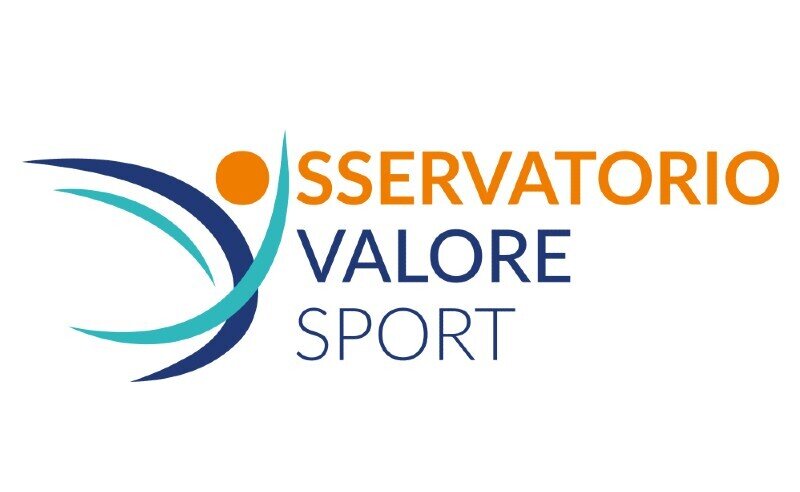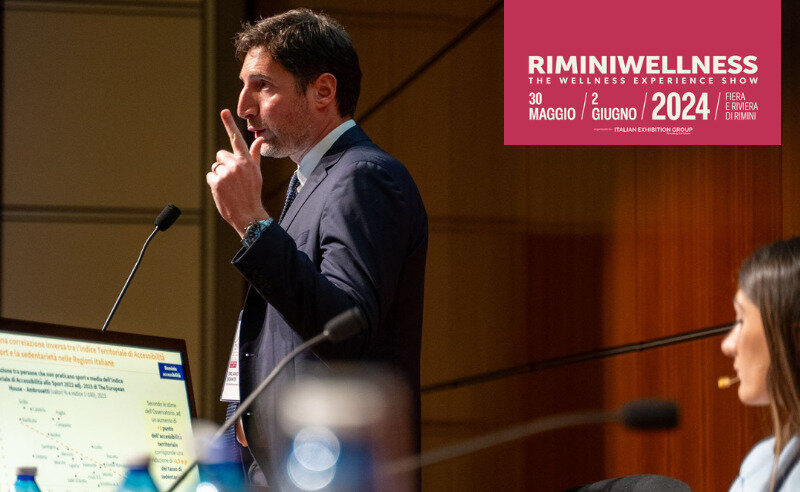Value of Sport Observatory
A platform for high-level analysis of the sport sector in Italy, aimed at its strategic and qualified positioning with the key decision makers of the country and its supply chains.
The Value of Sport Observatory was launched in 2022 to create and disseminate knowledge and awareness of the importance of sport for Italy to all key stakeholders in the sector. It has so far become a national hub for the creation of innovative reports and impact assessments, and the drafting of policy proposals for the promotion of the sport industry and its supply chains at a national level.
Value of Sport Observatory's 2025 Forum
The Forum concluded the annual journey of the high-level platform founded by TEHA Group for the strategic and qualified positioning of the sports ecosystem in Italy, aimed at the country's key decision-makers with the objective of creating and disseminating knowledge and awareness of the importance of relaunching the culture of the movement in the territories and at the centre of political agendas.
The results of the impact assessments and policy recommendations contained in the Strategic Report were presented on February 18-19 2025 at Rome's Olympic Stadium (and remotely), in the presence of the main stakeholders of the national sports ecosystem, including public institutions, politicians and local administrators, federations and associations, exponents of the extended supply chain, and third sector bodies.
For further information please get in contact with:
Organising Secretariat - TEHA Group
valoresport@ambrosetti.eu
+39 02 46753.303
#OsservatorioValoreSport
The 3rd edition
The 2024/2025 edition of the Value of Sport Observatory was launched on July 15, 2024, with the first Advisory Board meeting, in the presence of our Institutional Partners CONI, CIP, Istituto per il Credito Sportivo e Culturale, and Sport e Salute, and Private Partners Decathlon Italia, FitActive, Generali, Matrix Fitness Italia, PepsiCo, and Amadori.
Physical activity, wellbeing, growth: impacts and prospects
Rimini Exhibition, Neri Room - May 30, 2024
“Attività fisica, benessere, crescita: impatti e prospettive” - Event of the Value of Sport Observatory at Rimini Wellness
Why should we talk more about sports?
Three key domains of sport impact evaluation
Positive impacts on phyisical and mental health and wellbeing
According to WHO's guidelines, Italy is among the worst OECD countries for the amount of time spent exercising by adults, children and teenagers.
People's health considerably depends on their lifestyle. Sedentary behaviour is among the main risk factors that cause an increase in years of ill health in Italy.
Value beyond the sports center
The extended supply chain of sport in Italy is worth €26.2 billion, equal to 1.4% of the national GDP, and employs over 412,000 people, that is 1.6% of total employment.
Sports inaccessibility and impact on the territory
Italy ranks 17th among EU-27 countries in terms of public spending on sport. Moreover, 60% of sports facilities were built more than 40 years ago and almost 6 out of 10 schools do not have a gym.
The cost of accessing courses and facilities has also risen in the last three years, representing a real barrier to practising sport. A change of course is needed to ensure that practising sport is truly accessible to the entire national community.







Emiliano Briante
Partner; Head of Business & Policy Impact Practice

































































